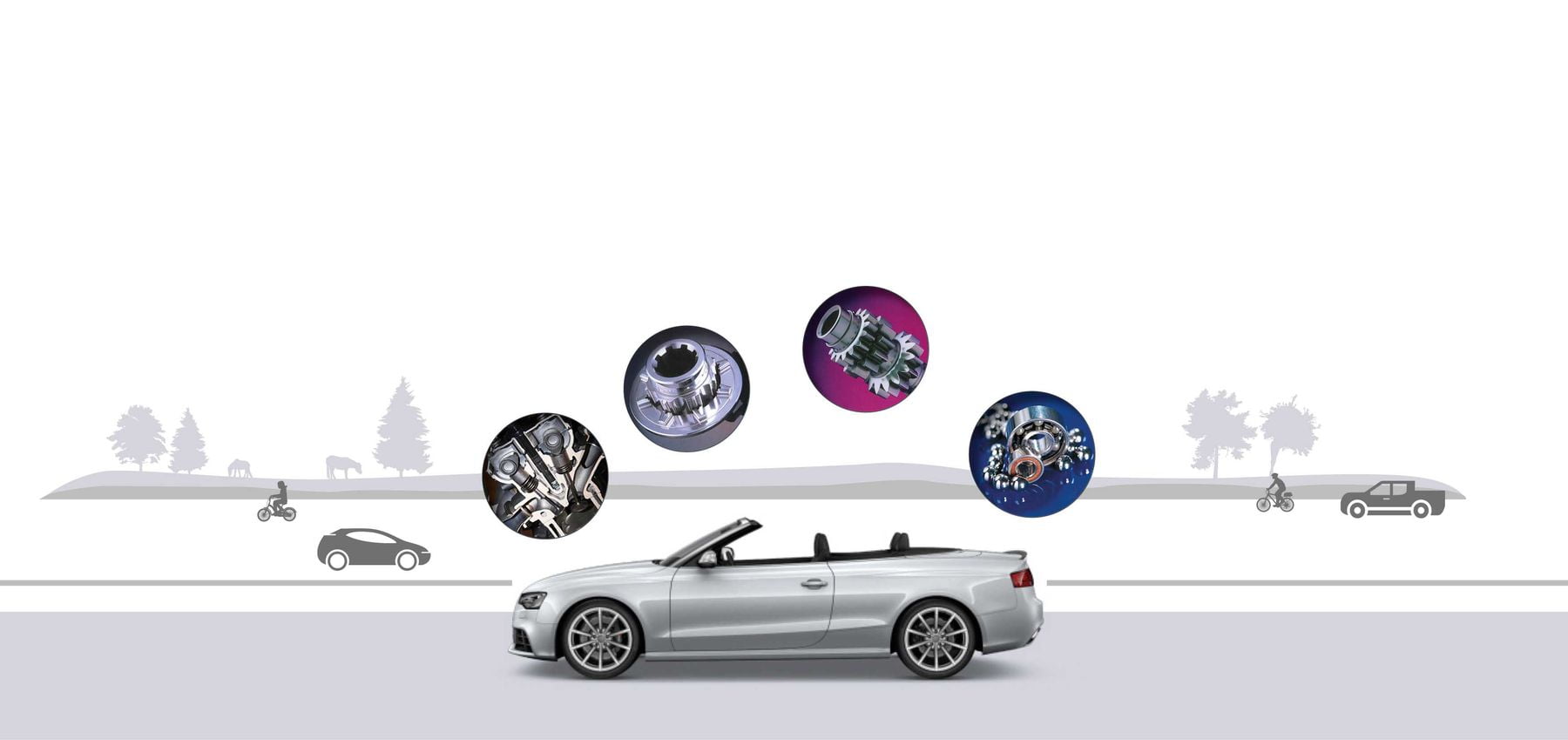E-BIKE TORQUE SENSOR are a smart and eco-friendly mode of transportation that allow you to travel further and faster than before, without emitting harmful greenhouse gases. These bikes have gained popularity and importance in the past few years because of their environment-friendly features, low maintenance costs, and energy efficiency. Electric bikes use in-wheel or pedal-assist motors to provide additional assistance to your ride, and one of the most crucial components of these e-bikes is the torque sensor. In this blog post, we will discuss what torque sensors are, how they work, and why they are an essential component in modern e-bikes.
What are Torque Sensors?
Torque sensors are electronic devices that measure the amount of force applied by a rider while pedaling their e-bike. These sensors detect even the smallest variations in applied force and transmit that information to the electric motor. The electric motor uses this information to increase or decrease the level of assistance it provides to the rider. These sensors are designed to work in various weather conditions and are incredibly durable.
How Do Torque Sensors Work?
Torque sensors work on a simple principle – they measure the force applied to the pedals by the rider and send this information to the motor. The information is then analyzed by the motor, which calculates the level of assistance required for the rider. The sensor detects variations in the force applied by the rider, such as when the rider starts pedaling or is going downhill and doesn’t require additional assistance. A torque sensor can detect even the slightest variation in force applied by the rider, making it an essential component of the e-bike.
The Benefits of Torque Sensors in E-Bikes
The primary benefit of torque sensors in e-bikes is the ability to provide a smooth and seamless ride to the rider. These sensors enable the e-bike to provide the right amount of assistance whenever required, making the ride efficient and less strenuous for the rider. The sensor also helps in extending the battery life of the e-bike as it can tell the motor when the rider is pedaling effortlessly, and less assistance is required. This results in fewer battery cycles and longer battery life of the bike. Lastly, having a torque sensor makes the e-bike safer by enabling the motor to provide a steady level of support to the rider, avoiding sudden jolts on the e-bike.
Types of Torque Sensors in E-Bikes
There are two types of torque sensors in e-bikes – internal and external. An internal torque sensor is placed within the rear axle of the e-bike, where it measures the force of the rider’s pedal stroke. The external torque sensor is placed between the bottom bracket and the chainring. It acts as a spindle that connects the pedal arm to the bike’s frame and measures the rider’s pedaling force. Both sensors are equally efficient and essential for an e-bike to operate smoothly.
How to Choose the Right E-Bike with Torque Sensor?
When selecting an e-bike with a torque sensor, look for bikes that have a responsive and durable sensor. A sensor that can detect even the smallest variations in pedaling force is ideal. Go for bikes that have a high-quality sensor from reputable manufacturers. You can also choose from two types of torque sensors that we discussed earlier – internal or external. Finally, choose a bike that fits your needs, such as city commuting, touring or off-roading, and a torque sensor that matches your riding style.
Conclusion:
Torque sensors have revolutionized the way we ride an e-bike by providing a smooth and effortless ride and enabling longer battery life. These sensors are an essential component of any modern e-bikes and offer an intelligent pedaling assistance based on the rider’s force and terrain. When choosing an e-bike, ensure that you consider the quality and type of torque sensor, as it can make a significant difference in your riding experience. E-bikes have come a long way, and torque sensors play a critical role in making them an eco-friendly and energy-efficient mode of transportation.




